When I started the first batch of Coturnix quails, I thought I was fully prepared with a small coop, a feed bag, and full of enthusiasm.
It’s already been a month since I finished reading and watching blog posts and YouTube videos about quail raising.
These helped me a lot, but I had there to do lots of experiments and learn on my own. These are some lessons.
1. Design Hideouts
Quails are always curious and active, thanks to their nature in a wild habitat.
So, they require a natural setting in the pen or cage. When I walk out to them, I often try to enrich their space with lots of little hidey-holes around the coop.

To make it more natural, keepers can add grasses, a dust bin, straws, rocks, and other available resources.
My birds see me coming with tufts of crab grass or wild grass that I pull out from my yard.
This will help keep birds busy, and they will find it hard to fight each other.
I have seen quails being aggressive, producing injuries in the enclosure. Many birds seem to be losing feathers from the neck up, getting scars on their nose or around their eyes.
2. Need to Cull
Sometimes, keeper fails to raise a successful flock when they don’t manage the bird numbers.
Here, I mean, you cannot keep all the birds (what you’ve purchased) and raise them to their fertility age.
These game birds are filled with aggression and require culling more than chickens.
After only spending a couple of batches, I knew I had to eliminate some birds. It’s a part of healthy raising if you want to breed your own birds and hatch their eggs.
My strategy is simple: I continue culling minimally by beginning with good stock.
Don’t touch a bachelor pad.
If you’re only a beginner, raise a small flock of all hens. They are not too much to handle.
3. Voracious Birds are Waste Machines
I have never thought that they can eat bag after bag of feed. Don’t mistake them for their size.
As quails consume heavily, they fill the litter box quickly, making it difficult for keepers to manage.
Their poop smell attract lots of pest around the coop. However, don’t worry; you can easily get rid of them. I often use enzyme sprays over their bedding regularly.

This helps break down the ammonia and odor.
Besides, I hang fly traps. If there are lots of rodents or reptiles, you need to reinforce 1/4 to 1/2-inch hardware cloth against the entire pen or coop.
To avoid mosquitoes and other bugs, you can cover birds’ food and water.
Many keepers install automatic water and food systems that cater to birds fine for long weekends if they are away from home.
If it’s hot days, plug a fan or add a water mister.
I already have a submersible aquarium heater for winter care. This is ideal for a 5-gallon bucket bird waterer set up.
4. Enough Space
When it comes to providing space for your birds, you need to separate brooders.
If you want to plan a cycle of each life stage, you need to manage at least one spare brooder and 3 grow-out cages or pens for every 2 brooders.
It means you have to buy an empty cage for every occupied cage.

This helps you put your birds in the enclosure slowly. And quails can avoid injuries or failures in individual cages.
I believe that space problems account for 90% of the unplanned spending early on.
Earlier, I had plenty of space but lacked walls to introduce the birds slowly. As a result, I lost my birds due to tons of fights and injuries.
5. Custom Feeders
Do you ever provide your quails with grain mites? I sometimes give them, and you can pre-treat them all naturally.
One more thing, I do. I put new bags of crumble in a sealed trash bag and store them in the freezer for a week.
Always, place bird food in a dark place, where white mites come from. My birds enjoy eating millet and the guts of bell peppers.
When watering, I have realized that birds poop in waterer if you don’t make a custom water system.
Besides, a custom feeder is a must as birds only eat 30% and the remaining 70% for predators.

Though Texas and coturnix are hardy birds in harsh weather, many keepers experience difficulties managing their water.
Don’t worry, quails don’t need vaccines or medicated food like chickens. You only need to take care of their diet.
Begin with 25-30% protein game bird starter for the first 8 weeks after hatch. Please NO PALLETS.
Then, you can give them 16-18% protein chicken layer with 2-4% calcium supplement, or oyster shell and eggshell.
6. Start with Small
Now, I agree that 100 birds is a large number for beginners to start with.
So, you can have 10-20 and work up from there.
If I had to advise a novice, I would suggest going with 13 female layers and 2 males. Then, you can add 40 juveniles, and about 40 eggs that are being incubated.
When juveniles mature, process them and send them to freezer camp.
By the time those 40 eggs end up growing as juveniles. Repeat the cycle, incubating 40 more eggs.
Suppose I start a new batch next year, my plan should be to keep it going without incurring extra costs. Once you get your skills and confidence, you can experiment with several quail breeds and jumbo types.
7. Don’t Overspend
It’s not my story, by the way.
My friend, Ken, would raise quails as garden pets with benefits.
He wanted garden pets, and a chicken was one of the options. And he had a nice-sized group of 8 quail hens and enjoyed their eggs in season.

Their hutch was placed as an ornament to the garden.
I suggested that he buy an incubator to increase the population.
However, he replied that he didn’t want to buy an expensive incubator that would be used only once a year. I got that, and finally agreed.
It’s not just an incubator, but you also need to save on brooders and excess roosters.
Final Thoughts
If you plan to raise quails indoors, I would suggest you keep button quails. But they are more like indoor pets than egg-laying birds.
Though they’re small and popper layers, they don’t mess around with poop like Coturnix.
Besides, you need a game bird propagation license for bobwhites if you want to keep them.



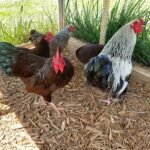
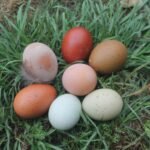

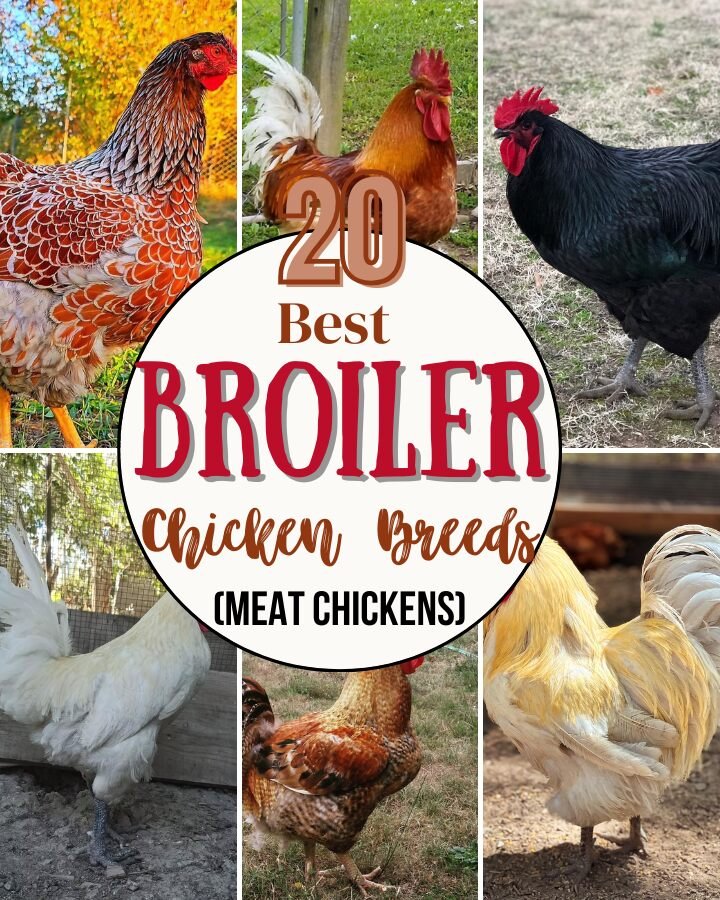
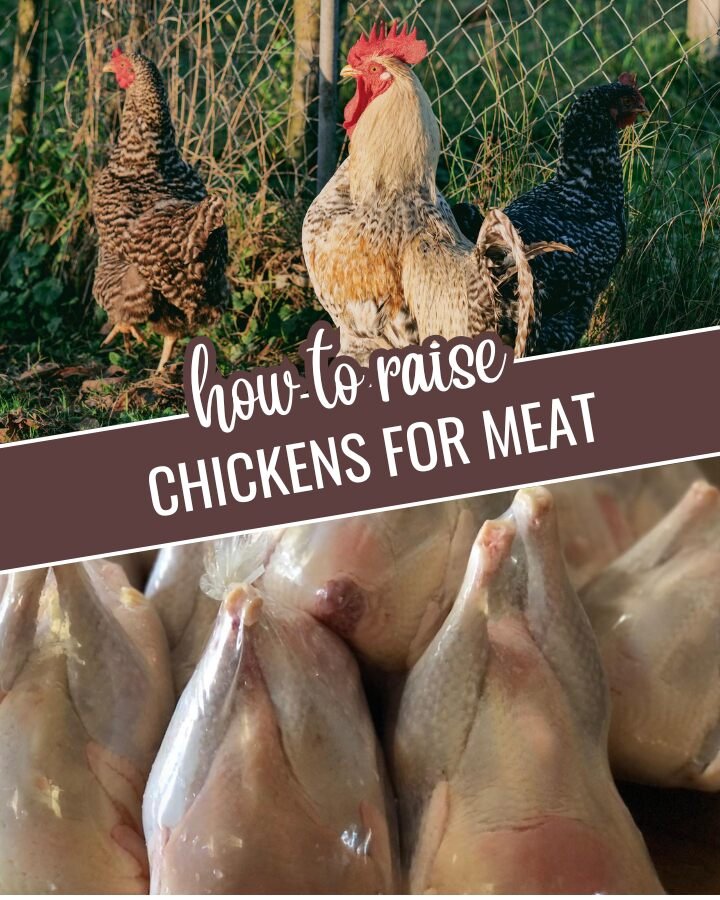
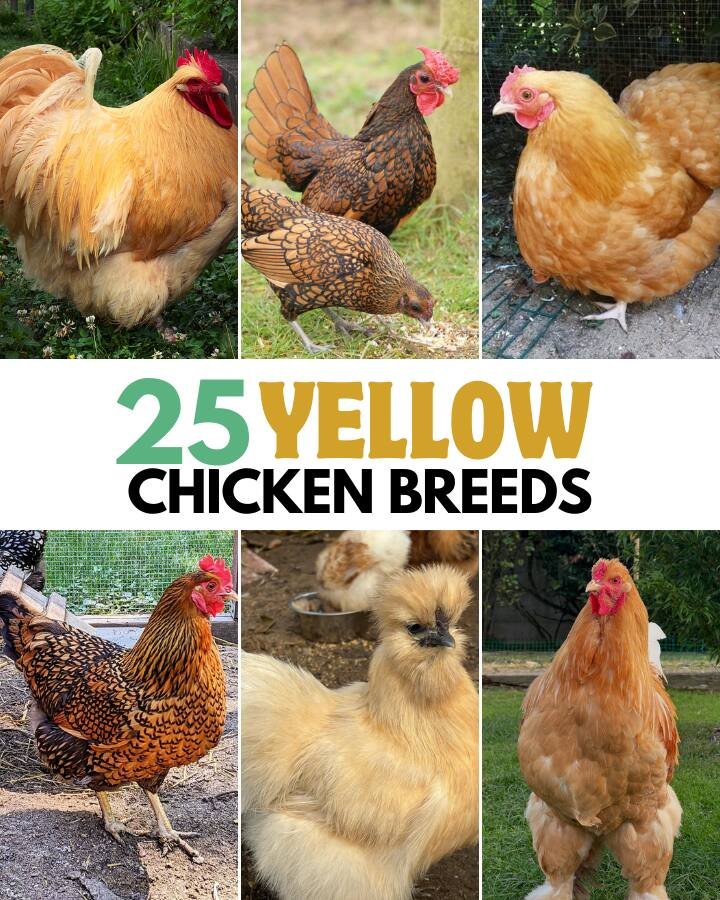

Leave a Reply